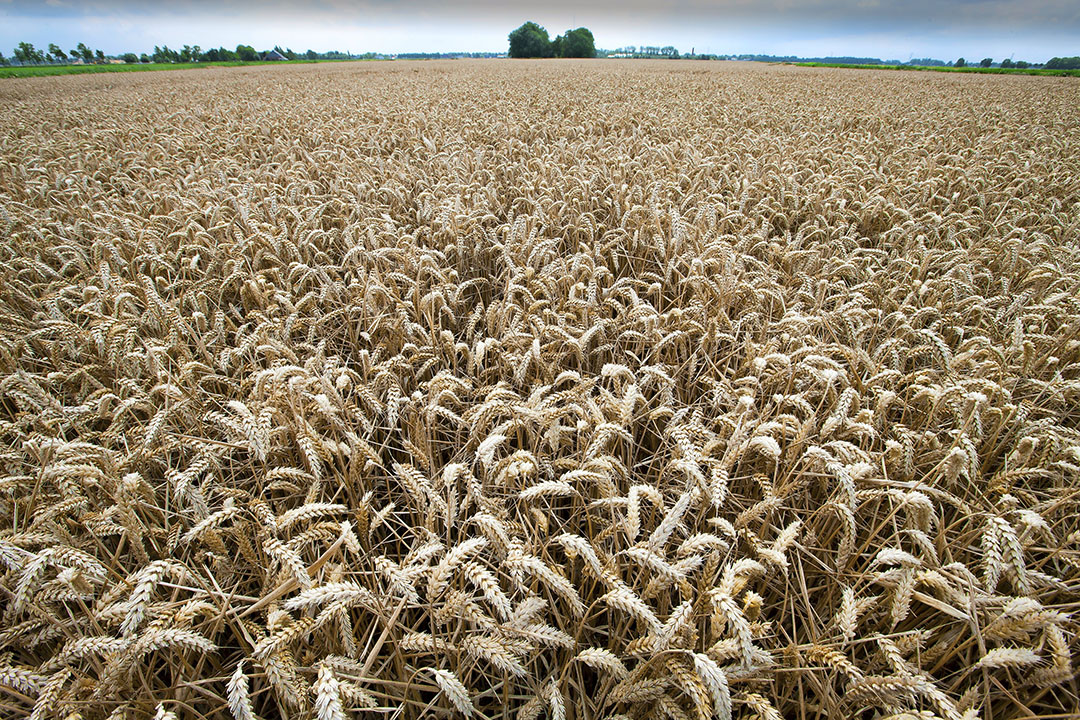After the peak, now pressure on grain prices

The US dollar exchange rate and the Chinese import of grain and soy have a leading role in the grain market these days. Growing conditions are improving, especially for wheat. Prices are falling.
The peak on the grain market seems to be over. Prices on the futures markets were up to 5% lower last week than they were in the last week of November. This has to do with profit-taking by investors after a period of sharp price increases. Furthermore, there has been some much appreciated rainfall in the US Grain Belt, which particularly caused the wheat price on the Chicago futures market to fall. On 4 December, this amounted up to -5% compared to 27 November. In France, wheat and barley sown in autumn enter the winter under excellent conditions, unlike last year, when barely ¾ of the crop earned the predicate ‘good to excellent’.
Trading on the physical market calm and steady
On the physical market, trading is calm and steady, which is not uncommon for this time of the year. A further drop in value of the US dollar against the euro and the rouble puts extra pressure on wheat and corn prices. The rouble is at its highest level against the dollar since September. This improves American competitiveness. The forecast for the Canadian wheat crop, which is estimated at 35.2 million tonnes, also weighs on wheat prices. This would be the largest crop in 7 years.
News agency Reuters reports that China is continuing to review its government grain reserves for security reasons. What is new in this respect is that they do not limit themselves to centrally stored stocks, but that they also – and above all – want to tackle regional and local storage, or have them tackled, in order to keep the national food supply under control. In the coming weeks, the course of Chinese imports will be the centre of attention.
We are now seeing a striking development in the wheat market, according to a report from the agricultural-economic site Agrimoney. Australia is heading for a very large wheat harvest (twice as large as the previous one, but otherwise a small yield), but exporters are nevertheless dropping out of the sale of soft wheat to China, which is especially suitable for the rapidly emerging (pastry)bakery sector there. Exporters think it is too risky, given the increased political tension between the 2 countries. This is difficult for Chinese customers, because the desired type of wheat is scarce or too expensive elsewhere.











